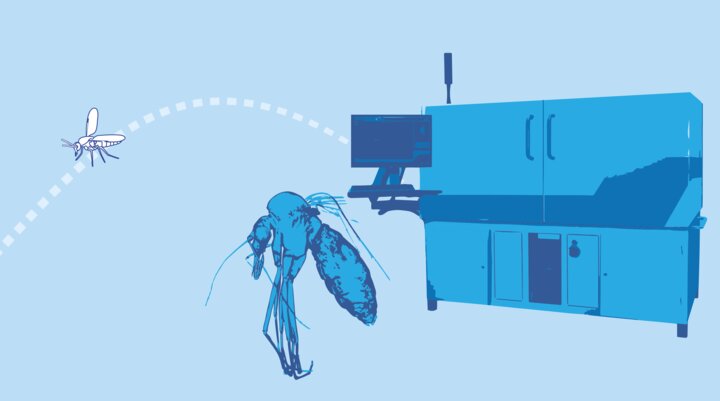Micro-CT visualisation of the parasite-host interface in small biting flies
Micro-computed tomography, µCT, is a technique that takes about 3,000 X-ray images from the full 360° around a specimen and uses them to reconstruct a virtual 3D model of the external and internal anatomy of that specimen, which can then be examined and dissected in any orientation. We are a group of researchers from UK, Ghana and Bangladesh with a shared interest in what µCT can bring to the science of neglected tropical diseases (NTD) and vector biology, especially the parasite-host interface. We will build on the potential that we have seen for this technique in work that some of us have already done to study the metamorphosis of blow flies and the parasitisation of ants with lancet liver fluke.
Although the techniques could be applied to any vector system, our proposal will focus on addressing two specific hypotheses: 1) that specialised morphological forms of Leishmania concentrate around the stomodeal valve of infected sandflies, with the sandfly midgut being deformed by a gel secreted by the parasites; 2) that a thinner peritrophic matrix in Forest blackflies of the Simulium damnosum complex allows them to develop more Onchocerca L3 larvae than Savanna species. The µCT technique enables both qualitative and quantitative (e.g. volume) analyses. In addition to tackling research questions of fundamental and applied importance, we anticipate that using our Zeiss Versa system will generate striking images of parasitized sandflies and blackflies that can also be used for public education and engagement.
Gnatwork 2021
Dr Martin Hall presented the outputs of the project to date at the Gnatwork 2021 conference on the 24th May.
